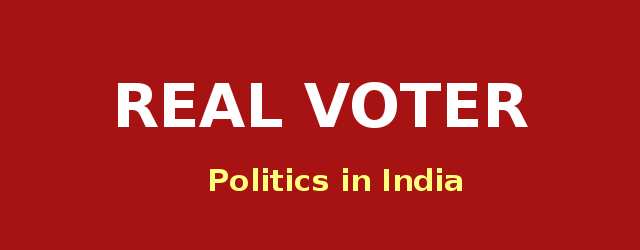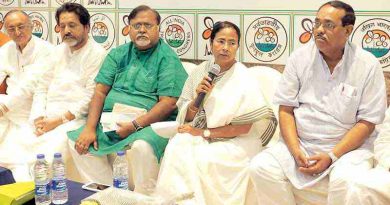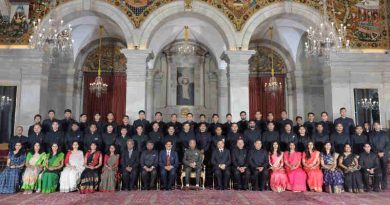How India Is a Defective Democracy – Part 3
India’s performance continues to be poor in all the aspects that determine quality of democracy. And there is no attempt to make fundamental changes that are required for democratic reforms.
By Rakesh Raman

To discuss the defects in the Indian democracy, RMN News Service of RMN Company started a three-part Defective Democracy editorial series.
This is the third article in this initiative under our REAL VOTER section that covers political developments in India. (Read the first article and the second article)
Although India claims to be the biggest democracy in the world, according to Global Democracy Ranking, the country ranks at a low No. 44 in the world.
Global Democracy Ranking, a non-profit organization based in Vienna, Austria, measures the quality of democracy.
For its recently published Democracy Ranking 2013, a total of 115 countries have been evaluated using a multidimensional approach that integrates political and non-political aspects of society, such as freedom, gender, economy, knowledge, health, and the environment.
[ Also Read: Mr. Obama, Will You Invite Narendra Modi to the U.S.? ]
India’s performance continues to be poor in all the aspects and there is no attempt to make fundamental changes that are required for democratic reforms.
Here are a few more factors that highlight the defects in Indian democracy.
Rajya Sabha
With 250 members, Rajya Sabha is the upper house of the Parliament of India. Unlike Lok Sabha where the Members of Parliament (MPs) are elected by the voters of India, Rajya Sabha members are chosen indirectly.
Rajya Sabha provides a backdoor entry to certain favored and privileged people to enter politics without facing the people in democratically organized elections. While 12 members of Rajya Sabha are arbitrarily nominated by the President of India, others are handpicked by state and territorial legislatures.
While most Rajya Sabha members are not directly in touch with the citizens, they are not quite aware of the needs of people at large. Still, the Rajya Sabha members are part of the decision-making process to deliver governance to citizens.
This is a serious defect as the Rajya Sabha members are not directly accountable to the voters and they don’t have any experience to serve the people.
[ Also Read: 10 Reasons I Like Sir Arvind Kejriwal ]
President of India
In the present structure, the President of India has hardly any role to play in the development of the country. The President, who is called a mere rubber stamp, is largely chosen by the ruling political party to serve its own interests.
While most Presidents are tired and retired people, they have not been competent enough to make any democratic reforms. Rather, they just issue occasional superfluous statements such as “Corruption is like cancer,” “India should grow,” and so on.
It’s seen that Presidents either enjoy frequent foreign trips on taxpayers’ money, or behave as consultants without giving any implementable solutions for growth in the country. But there is no accountability for them as they are not elected by the people at large. Do people really need a President?
By Rakesh Raman, the managing editor of RMN Company.
You also can read: More Articles by the RMN Editor, Rakesh Raman





